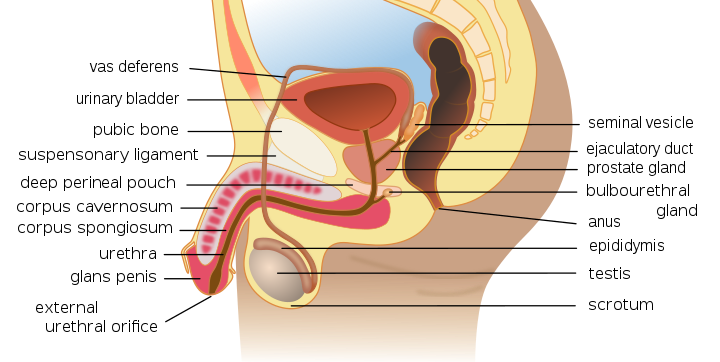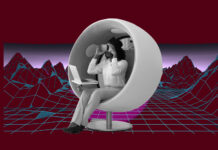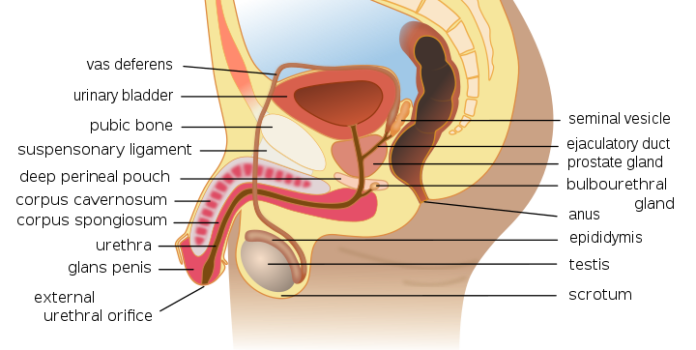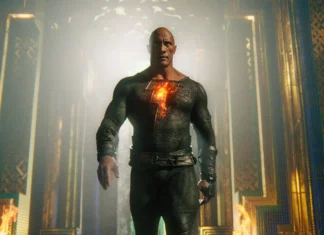The Anatomy of the Penis
The penis is a complex external organ in males used to urinate and for sex and reproduction. It consists of several parts, including the shaft, head, and foreskin.
This article describes the anatomy and function of the penis, as well as conditions that can affect the function or appearance of the penis at birth or later in life.

Anatomy
The penis is located at the front of the body at the base of the pelvis. The scrotum, containing the testicles, lies below the penis.
The penis consists of several major structures:
Glans: The glans, or head of the penis, is the sensitive structure at the end of the corpus (shaft).
Urethra: The urethra is a tube that runs from the bladder to the head of the penis. It is used for urination. It also crosses through the prostate gland, where an opening, called the ejaculatory duct, receives sperm and fluid that make up semen.
Meatus: The meatus is the opening at the tip of the glans through which urine or semen exits the body.
Prepuce: The prepuce, or foreskin, is a loose fold of skin that covers the head of the penis. The removal of the foreskin is referred to as circumcision.
Corpus cavernosa: The corpus cavernosa are two columns of spongy tissue that run along the interior shaft of the penis. When filled with blood, the tissues stiffen, causing an erection.
Corpus spongiosum: The corpus spongiosum is the third column of tissue that prevents the urethra from closing during an erection.
The penis is well supplied by blood vessels. The shaft, which contains the urethra and three columns of erectile tissue, is wrapped in a band of connective tissue called the fascia and covered with skin. The base of the penis is supported by connective tissues, called suspensory ligaments, that hold the penis close to the pelvic bone.
The average flaccid (“soft”) length of a penis is 3.5 inches. The average length of an erect penis is 6 inches, with an average circumference of 5 inches.
Recap
The penis is made up of the corpus (shaft), glans (head), and prepuce (foreskin). The urethra is a tube through which urine or semen exits the body. The spongy columns of tissue within the shaft can fill with blood and cause an erection.
Function
The primary functions of the penis are urinary and sexual. The sexual function of the penis can be further broken down into two stages: erection and ejaculation.
Urination
Urination is the release of urine from the body. This occurs when urine passes from the bladder through the urethra to the meatus. The urine is pushed out of the body by the contraction of the detrusor muscle in the wall of the bladder.
At the root of the penis is the external sphincter muscle, which can be controlled to hold in or release urine.
Erection
An erection is the stiffening of the penis caused by sexual arousal and/or physical stimulation. It is also normal for erections to occur during sleep and upon waking. An erection occurs when there is an increased flow of blood into the corpus cavernosa and corpus spongiosum.
During an erection, arteries supplying the erectile tissues will dilate (widen), causing the penis to engorge (fill) with blood. The engorgement compresses the veins through which blood usually exits the penis. This “traps” the blood and helps sustain the erection.
Ejaculation
Ejaculation is the discharge of semen from the body. It is usually accompanied by a sexual response called an orgasm.
Ejaculation involves a series of simultaneous, involuntary muscle contractions:
- First, a tube called the vas deferens contracts, propelling sperm from the testicles to the ejaculatory duct.
- At the same time, the prostate gland and seminal vesicles contract, adding fluids that make up most of the volume of semen.
- At the same time, rapid contraction of muscles at the base of the penis, called periurethral muscles, propel semen out of the penis
Recap
The primary functions of the penis are urination, erection, and ejaculation. Each involves a complex series of involuntary and voluntary processes.
























































